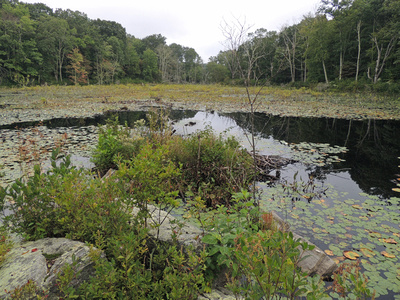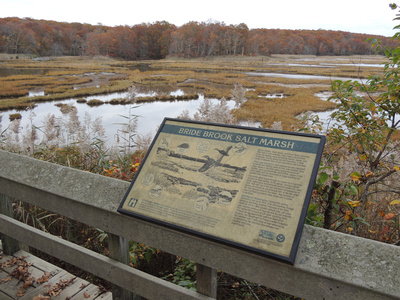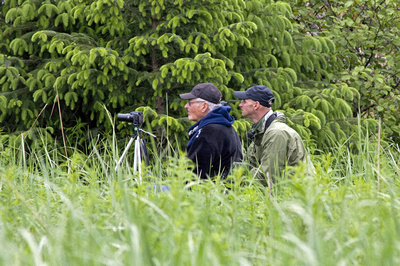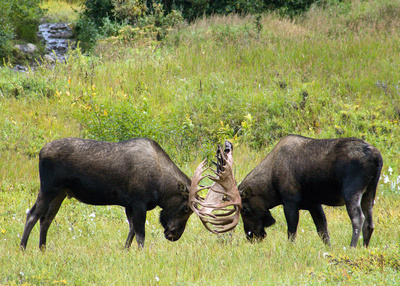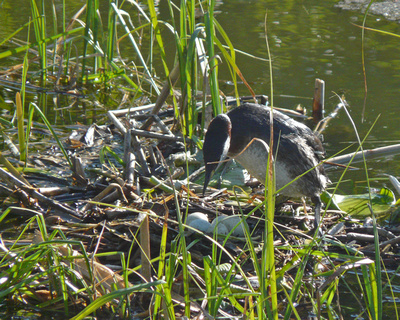Wildlife Photography: Lessons LearnedWildlife photography is one of my passions. Whether I am photographing two giant bull moose sparring during rutting season or a chipmunk storing seeds for the winter, it is an honor to be in the presence of wildlife. Approached correctly, you can even be accepted among the species that you are photographing.
There are many books, articles and tutorials about wildlife photography. Here are a few tips I have learned - many of them were taught to me by Alaskan naturalist and photographer Bob Armstrong. You can check out his wonderful website here.
Put down the camera, forget photography websites/forums, and pick up a book on animals, thumb through a field guide, watch a nature documentary, or talk with others about wildlife. Take the time to learn about the species you'd like to photograph - behavior, feeding patterns, habitat, mating rituals, migratory patterns, etc. The more knowledge you acquire, the more successful your photographic efforts will be and, perhaps more importantly, you'll gain a deeper appreciation for wildlife. This relates directly to the next point:
All animals need food, water, shelter, and a safe place to rear their young. Many times, locating the species of wildlife you want to photograph is largely a matter of identifying the right habitat, and spending time there observing and waiting at different times of day to become familiar with wildlife activity.
Freshwater Pond
Salt Marsh
In order to survive, all species of wildlife has, over time, developed very keen senses (hearing, vision, smell, etc.). When you are out photographing, chances are very high that wildlife will see, hear or smell you first, and might even let out a warning call to others that there is potential danger. I've had much better luck sitting and waiting in a particular area rather than wandering around trying to spot wildlife. This relates directly to the above two points - if you know behavior, biology, environment, and habitat, you can put yourself in the most likely spot for a wildlife encounter. One of my favorite places to photograph are salt marshes. I've been to several that have viewing platforms and boardwalks and I've had much greater success waiting and observing as opposed to walking around the marsh trying to sneak up on wildlife.
Waiting for beach marmots with Bob Armstrong in Juneau, Alaska.
I can't tell you how many times I have read that you should only photograph wildlife in the so-called "golden light" around sunrise and sunset. If I had listened to that, I'd probably would have missed 90% of my most memorable wildlife encounters and photographs. Wildlife activity can occur at any time of the day, and when I am out in nature, I try to be ready at all times.
Photograph captured just before noon.
I think it's important to learn when it's not appropriate to take a photograph of wildlife. I try and use good judgement when contemplating photographing wildlife during certain situations (feeding, mating, with young, while sleeping, etc.). Many animals have a hard time merely surviving, and sometimes the memory in your mind is better than an image produced by your camera.
Giving this Grebe plenty of room while she's on her nest. Comments
No comments posted.
Loading...
|
Subscribe
RSS
Recent Posts
Behind the image: El Yunque
Favorite photography destinations: The Tongass National Forest
Wetlands: The Beauty and Mystery
Favorite photography destinations: Rocky Neck State Park
Behind the image: Turnagain Ice Falls
Behind the Image: Fox and Flower
Favorite photography destinations: Colonial Parkway
Blending In - updated
Postcards from Morocco: Essaouria
Postcards from Morocco: Out and About
Archive
January
February
March
April
May
June
July
August
September
October
November
December
|

